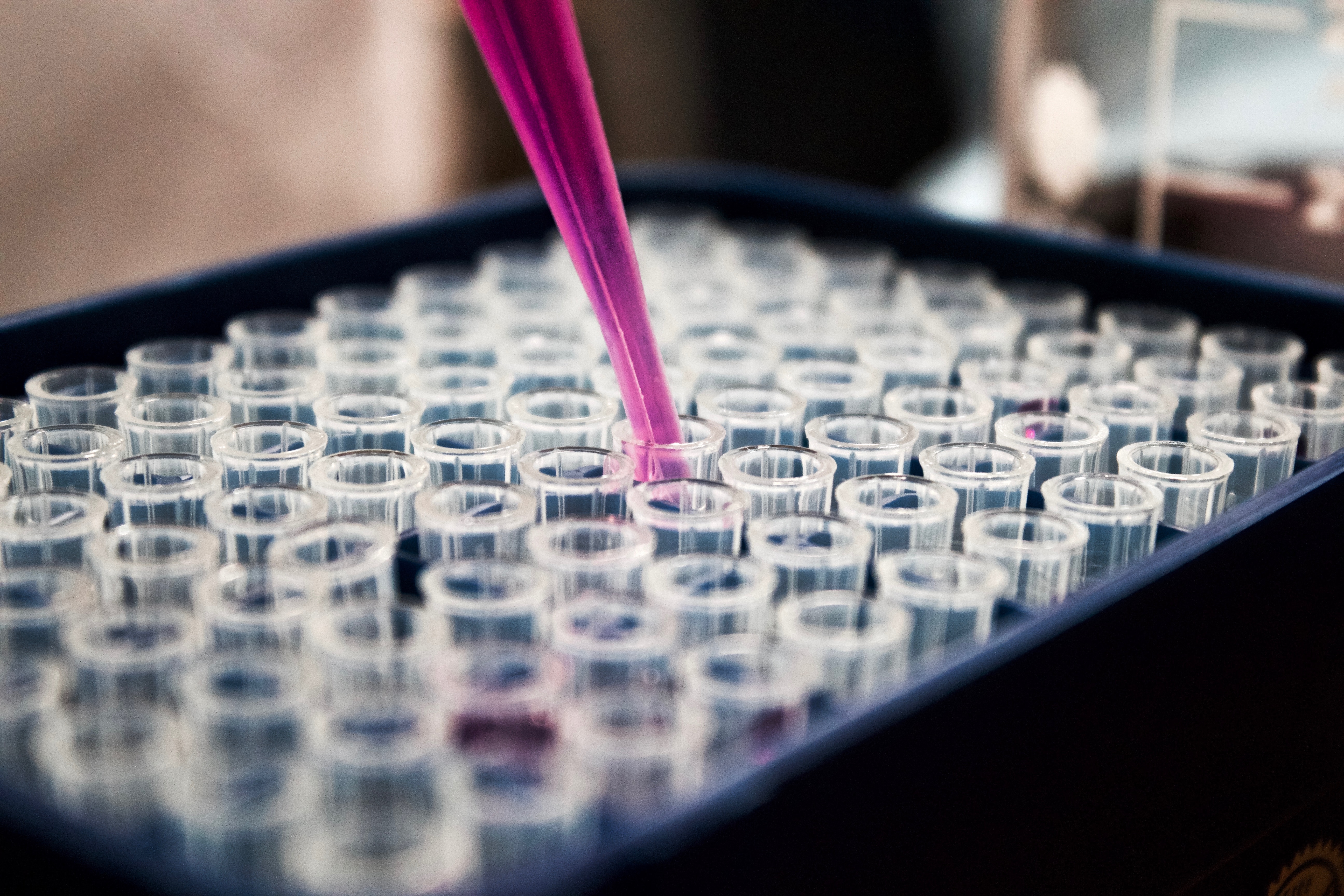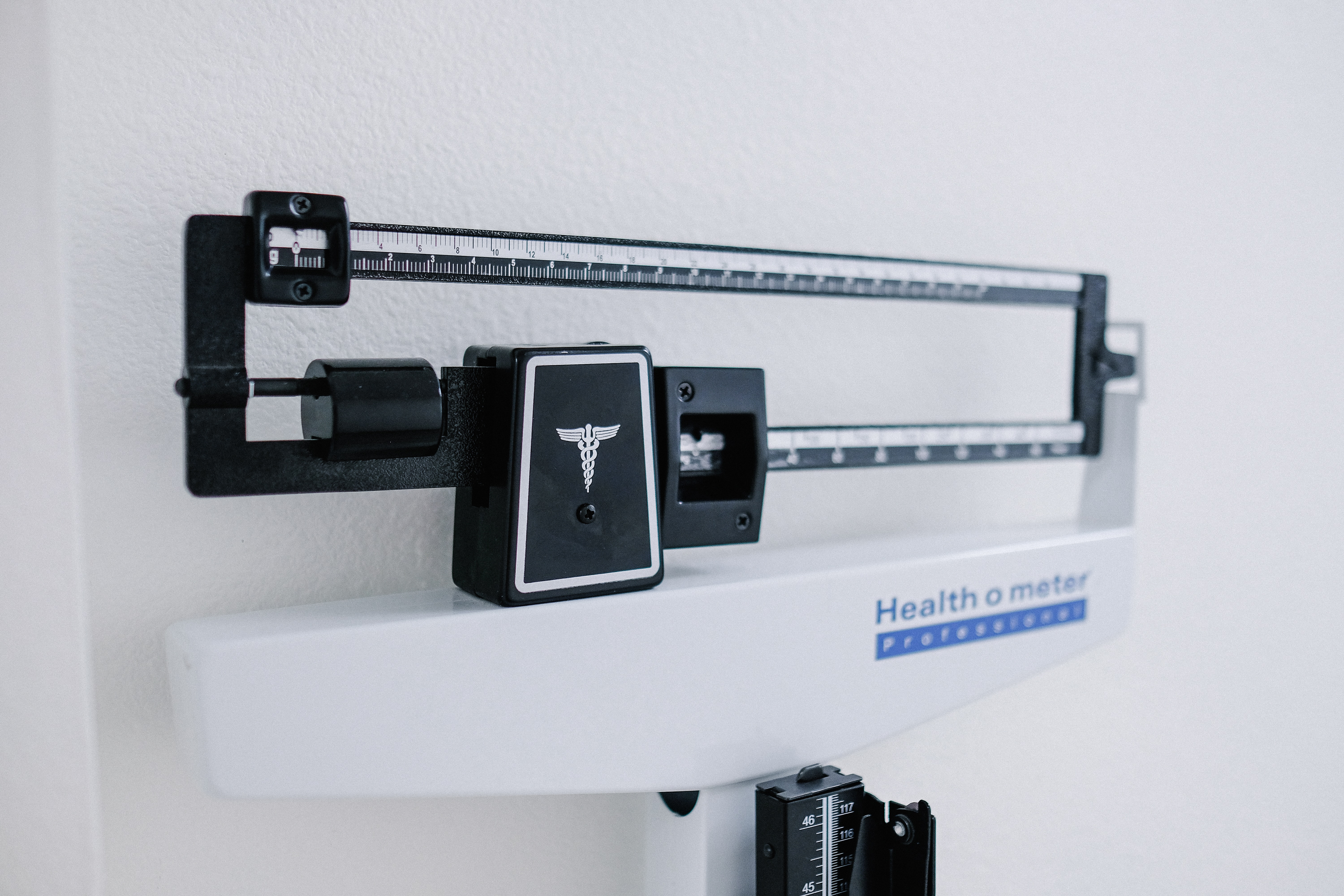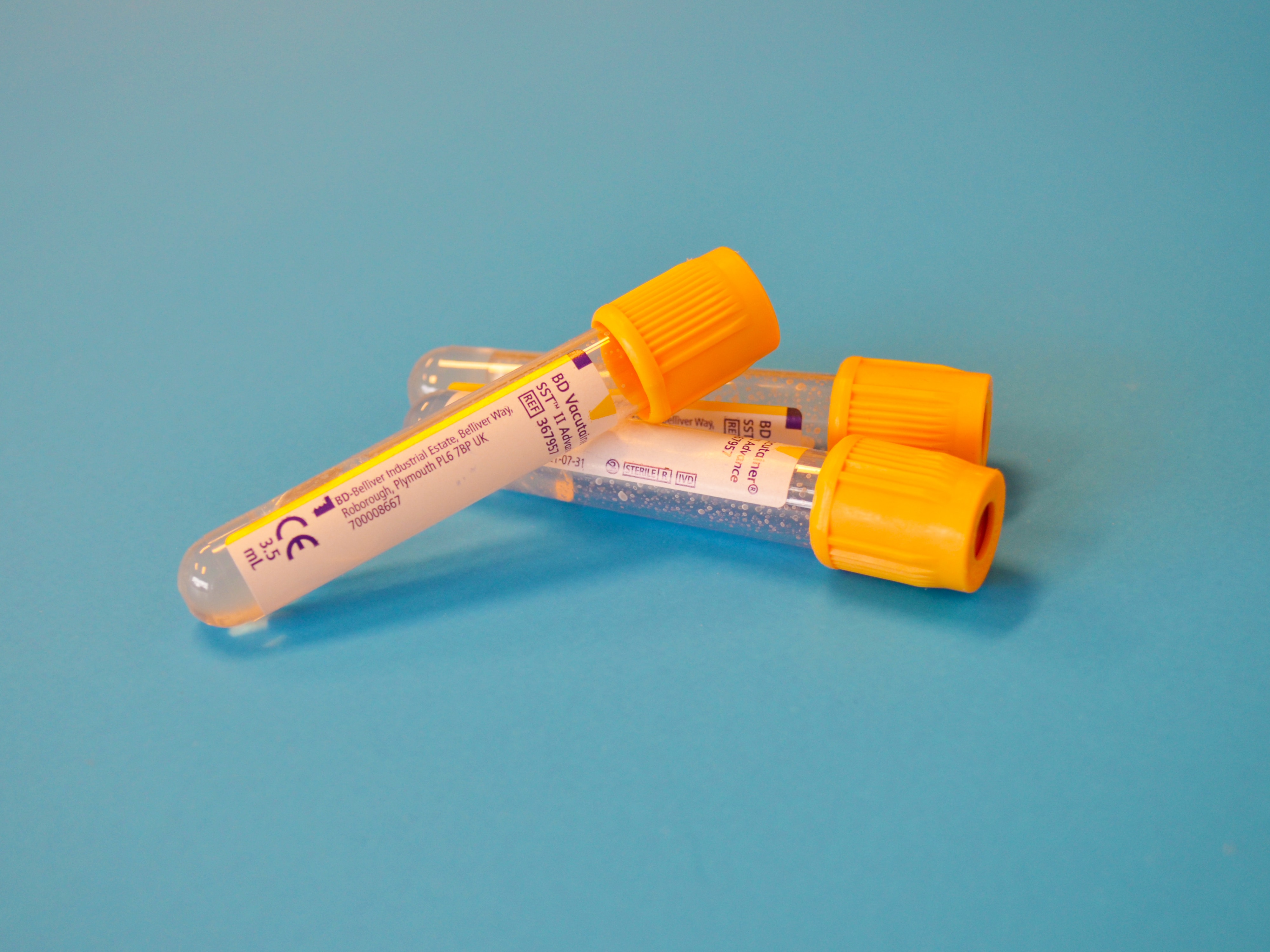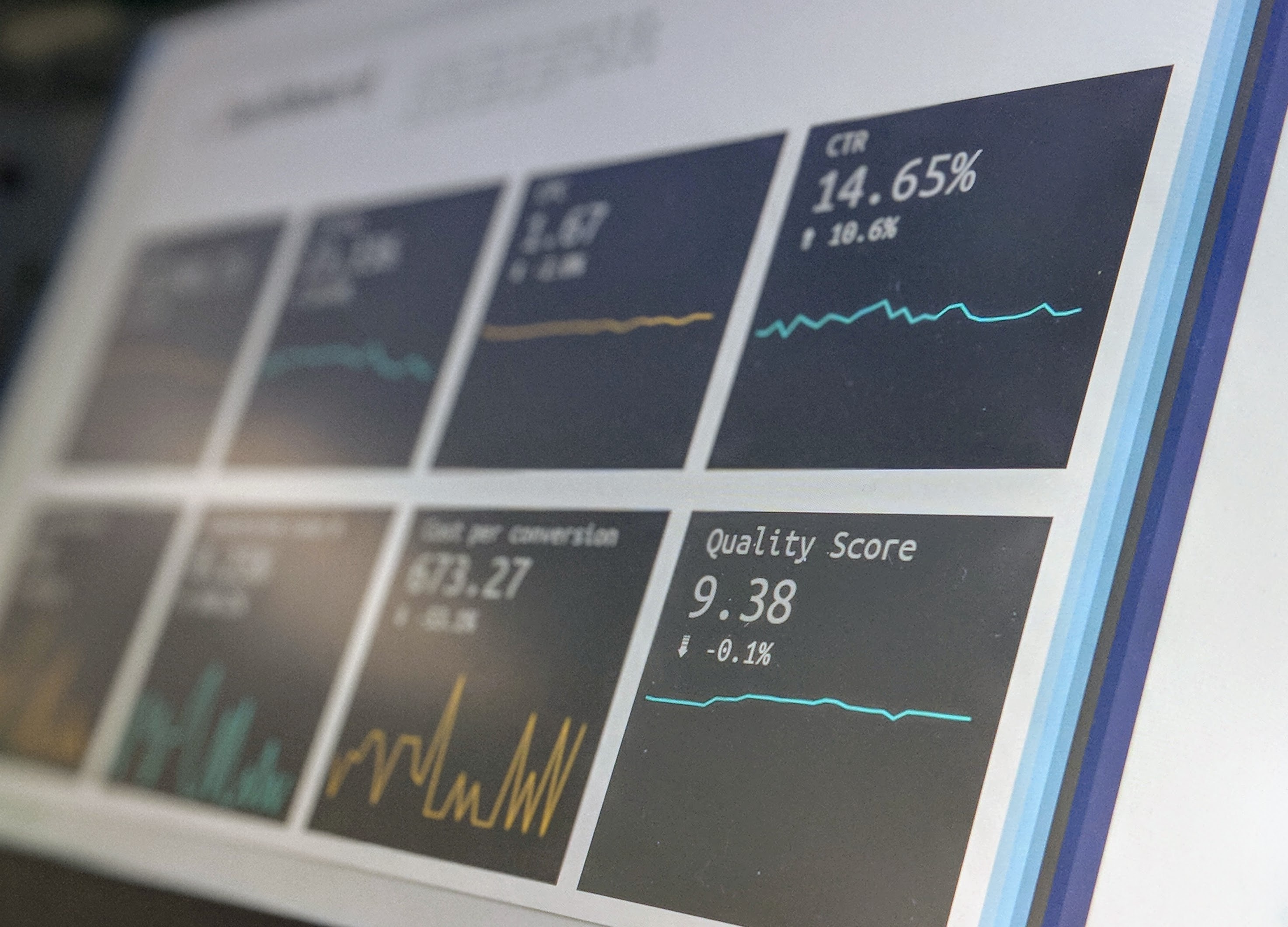Personalization plays a vital role in everyone’s fitness journey, as individuals have unique needs and goals that require tailored solutions. Baseline biomarker testing and regular monitoring offer a data-driven approach to personalization, allowing individuals to optimize their fitness routines based on their specific health status, nutritional needs, and genetic predispositions.
⚠️ Please consult your doctor, trainer, and nutritionist before making any changes to your workout and diet. This article is meant for informational purposes only and is meant to be an exploration into how we can potentially use blood biomarkers to inform our training.
Incorporating baseline biomarker testing and regular monitoring into one’s fitness journey can lead to numerous benefits. These include improved health by addressing specific concerns, optimized progress through tailored workouts and nutrition plans, and increased motivation as individuals can track their progress and see tangible results - ultimately leading to greater efficiency and success.
In this article, we’ll look at the major biomarkers and how they might help individuals optimize their fitness journey. We’ll divide the article into 3 categories:
- initially designing a unique workout plan
- periodically adjusting the plan as we gather more data
- optimizing nutrition as a multiplier,
This is a cross post from Sang.bio.
Designing a Customized Exercise Plan
Identifying Genetic Predispositions

Genetic markers can significantly impact your response to different types of exercise, influencing factors such as muscle fiber composition, endurance, strength, and even injury risk. By understanding your genetic predispositions, you can create personalized workout plans that focus on exercises best suited to your genetic makeup.
Muscle fiber composition, determined by your genes, influences whether you’re more naturally inclined towards endurance or power-based activities. For example, the ACTN3 gene is associated with muscle power, while the ACE gene is linked to endurance. Individuals with specific variants of these genes may have an advantage in either power or endurance exercises. By analyzing your genetic markers, you can tailor your workout plan to focus on activities that align with your muscle fiber composition, maximizing your potential for progress.
Another example is the PPARA gene, which plays a role in fat metabolism. Certain genetic variants of this gene can influence how effectively an individual burns fat during exercise. By understanding your genetic predisposition related to fat metabolism, you can optimize your workout program by incorporating training methods that are most effective for your specific needs, such as high-intensity interval training (HIIT) or steady-state cardio.
Genetic predispositions can also influence your injury risk. Some individuals may have a higher genetic susceptibility to tendon or ligament injuries, while others might be more prone to muscle strains. By understanding these genetic factors, you can create a workout plan that prioritizes injury prevention strategies, such as targeted strengthening exercises and mobility work. You can learn more about the various types of genes that we can look out for here.
By using genetic information to create personalized workout plans, you can experience more effective progress and higher satisfaction with your workout program. Embracing your genetic strengths and addressing potential weaknesses allows you to optimize your fitness journey, ensuring that you make the most of your time and effort. The science is very new with this one, but some players in the market are already ahead of the curve trying to put the puzzle pieces together:
Assessing Baseline Health

Blood markers play a crucial role in determining your current health status, providing valuable information that can inform the creation of a personalized exercise plan. Some key biomarkers for assessing baseline health include cholesterol levels (LDL, HDL, total cholesterol, apoB), blood glucose, and inflammation markers (C-reactive protein, CRP).
- Cholesterol levels are essential for understanding your cardiovascular health. High LDL (low-density lipoprotein) and low HDL (high-density lipoprotein) levels are associated with an increased risk of heart disease. If an individual their LDL, HDL (and apoB) are in non-optimal ranges, we can focus more on moderate-intensity aerobic exercise to decrease the overall risk of cardiovascular disease using multiple pathways. [1] [2] [3]
- Blood glucose levels can indicate your risk of developing type 2 diabetes. If your blood glucose levels are higher than normal, a personalized exercise plan can incorporate activities that help improve long-term insulin sensitivity, such as strength training to build moderate muscle mass.[4]
- Inflammation markers, such as C-reactive protein (CRP), can provide insights into your body’s level of inflammation. Chronic inflammation has been linked to various health issues, including heart disease and certain cancers. If your CRP levels are elevated, a personalized exercise plan can include activities that help reduce inflammation, such as mind-body therapies (yoga, tai chi, etc.)[5]
This targeted prioritisation of exercise can lead to reduced health risks, improved overall wellness, and more efficient progress toward fitness goals.
It can also help towards specific goals. Let’s take “muscle building” as a goal and see how this helps:
- Help build improved cardiovascular health: By incorporating exercises that promote better cardiovascular health, you enable your body to deliver more oxygen and nutrients to your muscles, which supports muscle growth.
- Better insulin sensitivity: Improved blood glucose management helps your body effectively use the carbohydrates you consume to fuel your workouts and replenish glycogen stores in your muscles, promoting muscle recovery and growth.
- Reduced inflammation: Lower levels of inflammation can contribute to better recovery, as chronic inflammation may impair the muscle repair process and negatively impact muscle growth.
If a person is stalling in their muscle-building journey, these blood markers may be used to see what’s holding them back from reaching their full potential.
In this article we don’t talk about physiological biomarkers such as body mass composition (using a smart scale or a DEXA scan to see bone density, body fat and muscle mass), VO2max estimations, etc. These are useful to track and are already widely used, so we’ll focus on the more novel blood-based and “-omics” based approaches.
Adjusting Workout Based on Biomarkers
Hormone Levels

Hormone balance plays a significant role in various aspects of fitness, including exercise performance, muscle growth, fat loss, and increased strength. Key hormones, such as cortisol, testosterone, and human growth hormone (HGH), influence these aspects of fitness, and maintaining an optimal balance is essential for progress and injury prevention.
- Cortisol, known as the stress hormone, can have both positive and negative effects on fitness. While it helps mobilize energy stores during exercise, chronically elevated cortisol levels can hinder muscle growth, impair recovery, and contribute to fat storage. Cortisol is also used to detect overtraining. Since cortisol swings a lot depending on various factors, not having a fairly regularly measured cortisol level might make you draw the wrong conclusions.
- Testosterone is crucial for muscle growth, strength development, and fat loss. By monitoring testosterone levels, you can ensure that your workout plan is tailored to support optimal hormonal balance. For example, if your testosterone levels are lower than desired, you might focus on resistance training exercises that are known to stimulate testosterone production, such as compound movements like squats, deadlifts, and bench presses. Ideally, you would use different training regimens to see which elicits. [6]
- Monitoring T:C ratio, along with DHEA and SHBG can help you identify when stress is impacting your fitness progress, allowing you to adjust your workout intensity or incorporate stress-reducing activities such as yoga or meditation.
- Human growth hormone (GH) plays a vital role in muscle recovery, growth, and fat metabolism. Monitoring HGH levels can help you optimize your workout plan by identifying the best times for intense training sessions and rest periods. For instance, if your HGH levels are lower than ideal, you might schedule workouts during times when HGH production is typically higher, such as in the late afternoon or early evening, and prioritize adequate sleep for recovery. You can contextualize this data with IGF-1 and LH levels to get a better analysis.
By regularly monitoring hormone levels and using this information to optimize your workout plans, you can experience improved progress across multiple aspects of fitness and reduce the risk of overtraining or injury. Understanding your hormonal balance allows you to make informed decisions about your training, ensuring that you’re working with your body’s natural rhythms for the best possible results.
ℹ️ While there are research studies backing this article, significant work needs to be done to definitively make recommendations. A lot of these studies were done on elite athletes, though the accessibility of the technology means a lot more athletes are regularly using their blood data. Hopefully, the research will slowly trickle down to laypersons and we’ll have more concrete recommendations to give soon.
Recovery Strategy

Recovery is a crucial aspect of overall fitness, as it allows your body to repair and rebuild after exercise, promoting optimal performance and reducing the risk of injury. Biomarkers can provide valuable insights into your recovery needs and help you develop personalized recovery recommendations based on your unique physiological responses to exercise.
- Muscle damage markers, such as myoglobin, Creatine Kinase (CK), and Urea Nitrogen, can indicate the level of muscle stress experienced during your workouts. Elevated myoglobin levels may suggest that you’re experiencing significant muscle damage, which could require additional recovery strategies. By monitoring myoglobin levels, you can identify when you may need to prioritize rest or incorporate targeted recovery techniques, such as gentle stretching, deep tissue massage, or foam rolling to alleviate muscle tension and promote healing. [7] You need to use all these in conjunction, since CK can spike upto 24 hours later and remain elevated for 7 days, while the rest 2 are more immediate and shorter lived. Chronically elevated CK, however, is indicative of insufficient recovery.
- Inflammation markers, like interleukin-6 (IL-6), can provide insights into your body’s inflammatory response to exercise. While some inflammation is a natural part of the recovery process, excessive inflammation can hinder your progress and increase the risk of injury. Monitoring IL-6 levels can help you identify when your inflammation levels are higher than desired, allowing you to adjust your training intensity, duration, or frequency, and implement anti-inflammatory strategies such as icing, compression, or the use of nonsteroidal anti-inflammatory drugs (NSAIDs) when appropriate. [8] Other biomarkers that can help contextualize actual inflammation are elevated levels of IL-1B, TNF-a, IL-10, IL-8 and IL-12p40.
- Oxidative stress markers, such as malondialdehyde (MDA), reflect the balance between free radical production and your body’s antioxidant defenses. Elevated MDA levels can indicate that your body is experiencing excessive oxidative stress, which can impair recovery and contribute to muscle fatigue. By monitoring MDA levels, you can make informed decisions about incorporating antioxidant-rich foods or supplements into your diet, as well as adjusting your training program to manage oxidative stress more effectively.
By using biomarkers to personalize your recovery strategies, you can experience reduced muscle soreness, minimized risk of injury, and improved overall fitness. Regularly monitoring these markers allows you to make data-driven decisions about your recovery needs, ensuring that your body gets the rest and support it requires to maximize the benefits of your workouts.
Nutrition as a Multiplier

Understanding your nutritional status is essential for optimizing your fitness journey, as nutrients play a critical role in exercise performance, recovery, and overall health. Blood markers can provide valuable insights into your nutritional status, helping you identify potential deficiencies, imbalances, or suboptimal macronutrient intake that may be impacting your fitness progress.
Some key blood markers that can inform your nutritional status and macro/micro-nutrient utilization include:
- Amino acid profile: Monitoring the levels of essential amino acids, such as branched-chain amino acids (BCAAs) like leucine, isoleucine, and valine, can help you assess your protein intake and utilization. BCAAs play a crucial role in muscle protein synthesis and recovery. By tracking your amino acid profile, you can adjust your protein intake to ensure optimal muscle growth and repair.
- Blood glucose and insulin levels: These markers can provide insights into how your body is handling carbohydrate intake and metabolism. Monitoring blood glucose and insulin levels can help you optimize your carbohydrate intake to support energy levels, exercise performance, and recovery while minimizing the risk of blood sugar imbalances.
- Vitamin D: Adequate levels of vitamin D are essential for bone health, immune function, and even muscle function. Low levels of vitamin D can negatively impact your exercise performance and recovery. By monitoring your vitamin D levels, you can adjust your diet or supplementation to ensure optimal levels and support your fitness goals. (B-Complex vitamins and Vitamin A are also ideally monitored, but this is less commonly done.)
- Iron: Iron is crucial for oxygen transport and energy production, making it a vital nutrient for optimal exercise performance. Monitoring markers such as ferritin and transferrin saturation can help you identify iron deficiency or overload, allowing you to adjust your iron intake accordingly and prevent issues such as fatigue, decreased endurance, or impaired recovery.
- Electrolytes: Electrolytes, including sodium, potassium, magnesium, zinc, calcium, and chromium are essential for muscle function, hydration, and overall performance. Imbalances in electrolyte levels can lead to cramping, fatigue, or even more severe issues such as hyponatremia. Monitoring your electrolyte levels can help you fine-tune your intake through diet or supplementation to support optimal exercise performance and recovery.
- Unique responses to certain foods: IgE-based testing can help uncover mild food allergies that hinder progress by keeping different organs in a less-than-ideal state.
By using this information, you can create personalized nutrition plans that address any deficiencies or imbalances and support your fitness goals. This might involve adjusting your macronutrient ratios, incorporating specific nutrient-dense foods, or using supplements to target particular nutrient needs.
The potential benefits of evaluating your nutritional status and optimizing your nutrition plans include enhanced exercise performance, improved recovery, and overall better health. By tailoring your diet to your unique needs, you can ensure that you’re fueling your body with the right nutrients, providing the foundation for success in your fitness journey.
Tracking Progress - What, When, and How Should We Test?

The sampling above hopefully gives you a sense of the types of things to test.
To start off, we want to get a one-time overview of your health before you start training - this includes a comprehensive blood panel, genetic tests, and food allergy tests. This allows us to set better goals, set smarter workout plans, and fix nutritional deficiencies with diet and supplementation. All these combined will start us off in a good step.
After this, we need to regularly monitor 2 types of biomarkers.
- Biomarkers we want to optimize for (e.g. glucose level variability, ApoB, etc). We need to focus on these by measuring them more frequently. This helps us monitor progress toward our goals.
- Biomarkers we want to keep an eye on to make sure nothing is hindering progress in an obvious way. This includes markers of inflammation and muscle recovery.
There are a few challenges when testing and analysing biomarkers. Remember that:
- Single biomarkers are not definitive in diagnosing broad physiological functions
- Reference ranges for specific subgroups of people are very different from the layperson
- There’s a lot of interindividual variances when it comes to optimal/base biomarker levels
- Biomarkers testing/analysis requires a lot of context to get right.
Thankfully, with careful planning, these problems can be mitigated.
- Take baseline of key markers during “rest week”, or before the training starts. This lets us see changes clearly, and account for individual differences in starting points and ranges.
- Plan ahead and schedule various biomarker tests ahead of time on a calendar. Some biomarkers, such as glucose levels, can be continuously monitored for a couple weeks by using CGMs. Some finger prick tests can be done every week using at-home kits if we’re anticipating immediate results. Yet others can be done every 4-6 weeks to measure chronic changes over time. Some tests may be not as necessary, be too expensive, or require an IV draw at a clinic - we can monitor them every 3-6 months. All this depends on our focus markers, how quickly they can change given interventions, and how representative spot samples are.
- Don’t rely on a single biomarker for explaining and prescribing any alterations to the regimen. We need to take multiple biomarker levels over time and compare it against the baseline readings we established earlier, and real-life context to make accurate guesses about what’s happening.
- Know what biomarkers to test for before starting an intervention. For example, if zinc levels are low and you’re taking zinc supplements, scheduling regular tests for zinc over the next few weeks can tell you whether the particular brand is bioavailable for you.
- Keep testing conditions static. For example, if we’re testing CK regularly to monitor recovery after an injury, we may decide to always to do it while fasted, in the morning, before training, the day after a rest day, or similar training day. This minimizes confounding effects of other variables.
Here are a few articles and a really good research paper that show you how athletes keep tabs on biomarkers to adjust their training:
- Biomarkers in Sports and Exercise, The Journal of Strength and Conditioning Research
- https://blog.insidetracker.com/blood-testing-athletes-improving-performance-outsmarting-competition
- https://trainright.com/using-blood-biomarkers-to-inform-training/
- https://www.rupahealth.com/post/blood-testing-for-athletes-improving-performance



Leave a comment